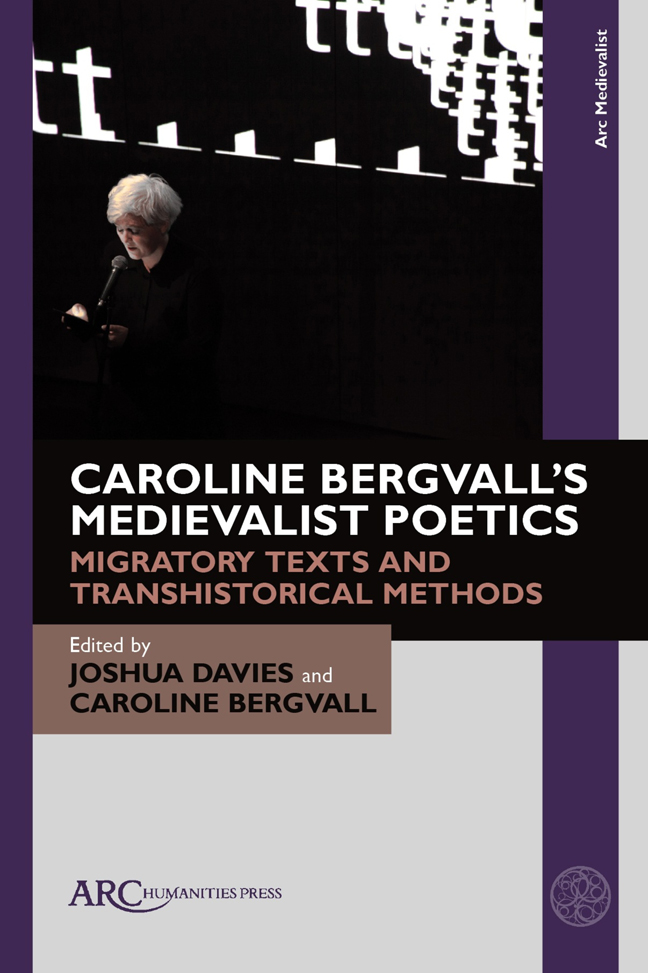Chapter 21 - “Dream #1” by Caroline Bergvall, Interpreted-Translated, with a Note
Published online by Cambridge University Press: 20 February 2024
Summary
Note
March 1, 2022
The trans- in “translation” and the possibility for multiplicity. In the bleariness of too much screen time, I transcribed into Japanese a short excerpt of Alisoun Sings by hand, calling upon the body—the hand, the ear, the mouth—to be the primary agent, decider, translator. Caroline Bergvall’s writing swerves and collapses distinctions of language over time—a collapsing which I invoke in this process, hearkening back to a time in Japanese language wherein words of foreign origin were moulded (often forcibly) into the phonemes and syllabary of the Japanese language. Widespread in the Meiji era, it is also contemporary practice—each foreign person, as they enter the Japanese language, must make choices about how their name shall be written and spoken in Japanese. For example if your name happens to be “Déjà vu,” there are an abundance of choices: デジャ‐ビュ, デジャヴュ, デジャヴ, デジャブ, デジャビュ, デジャビュー, デジャヴー, デジャヴュ—… and more.
I hand-wrote this brief excerpt from Alisoun Sings—“dream #1” in the Herte chap-ter—in Japanese, in katakana, the syllabary generally used for words of foreign origin, making my own decisions about the appropriate spelling, at the risk of being “incorrect.” Some words are established and recalled easily (“the,” “body,” “and”) while some are deceptively difficult (“this,” “thought,” “limbs”)—and possibly wrong. It was necessary to handwrite in order to not be influenced by the computer’s desire to preempt and correct me, and it was necessary to speak the words in order to catch the sounds. Certain words already have currency in Japanese—“front” as in the front desk of a hotel, “off” as in a bargain sale sign—50 percent off!, a “piece” of Kentucky Fried Chicken. The past tense of English words are rarely seen, and thus jam up the mouth: invited, seated, dreamed.
In section B I allowed the computer to collaborate—a collaborator all too eager to share what it knows, to identify and convert what it recognizes as a word in the lexicon. I mark these, note the source. C forms these few chosen words into a poem: an abstraction.
- Type
- Chapter
- Information
- Caroline Bergvall's Medievalist PoeticsMigratory Texts and Transhistorical Methods, pp. 183 - 186Publisher: Amsterdam University PressPrint publication year: 2023



